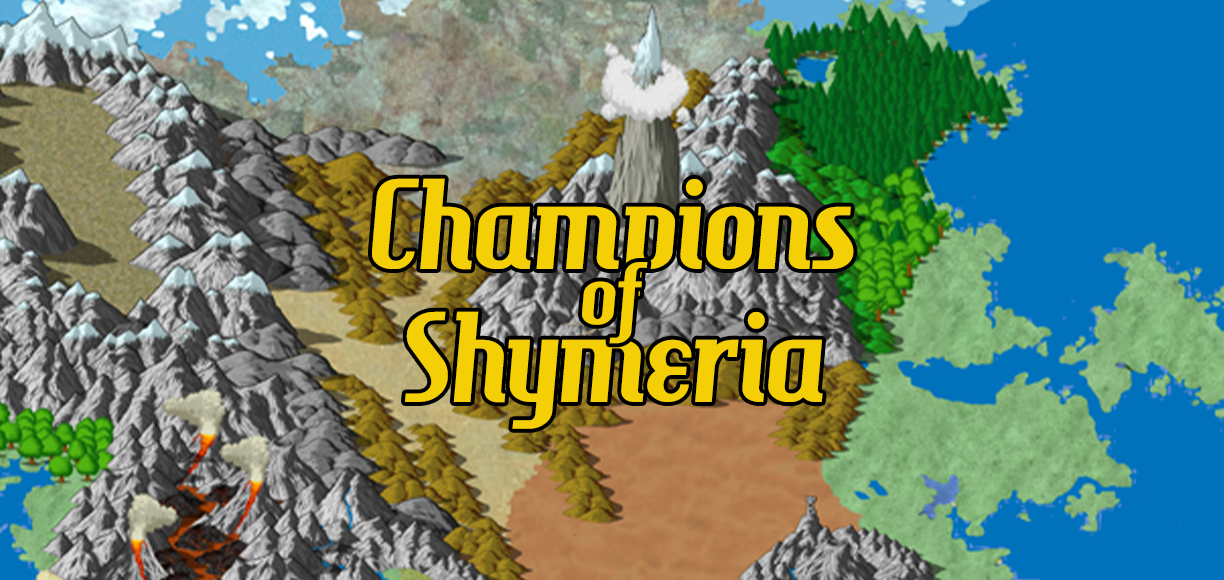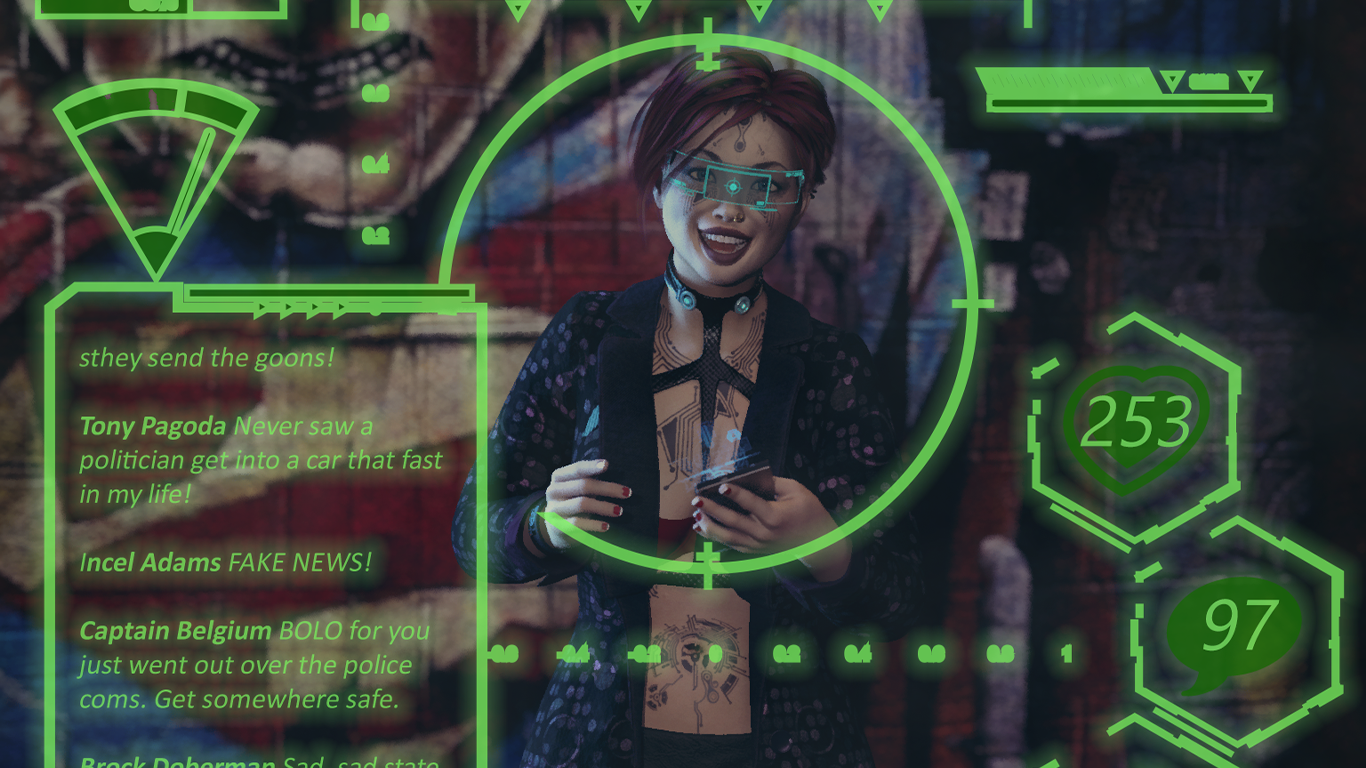We may earn money or products from the companies mentioned in this post.
According to Merriam-Webster, genre is “a category of artistic, musical, or literary composition characterized by a particular style, form, or content.” Genre trappings are mostly the things in the “content” part of that definition: people, places, and things that help define the genre. While these trappings help us recognize which genre a story belongs to, very few (if any) stories incorporate all the trappings of their genre. Most super-hero stories include colorful costumes, but there are also super-hero stories about people who wear street clothes (Heroes, Unbreakable, and Hancock, to name three). You don’t have to come up with a complete list of which genre trappings appear in your game, but you do need to establish what fantastical genre trappings (advanced technology, magic or supernatural abilities, aliens and monsters, etc.) the story will include and whether any expected genre elements, like stock characters or distinctive costumes or props, are conspicuously missing.
There are a lot of standard fantasy genre trappings, and the overall tone and flavor of most fantasy worlds is heavily influenced by which trappings the creator chooses to include and how they’re presented. When considering genre trappings, the first step is to think about the source material and decide which elements made you want to run the game in the first place (and which ones you don’t particularly want to bother with). If the players have already started making their characters, their choices might also help you decide what genre elements you’re going to need to include. As you start choosing your genre trappings, consider what role they should play in the overall campaign. Are they a central feature of the game or just part of the backdrop? Knowing how important a genre trapping is likely to be will help you decide how much work you’ll need to put into detailing (and coming up with rules for) it.
Most of the trappings for Guardians of Shymeria are genre standards, so the main thing we have to decide is which version of the genre standard we want to use. For example, are dragons (assuming they exist) ancient and powerful god-like beings, or are they more like really impressive flying horses? For most genre trappings, it’s probably best to start with a broad concept (like “magic” or “monsters”) and work out some ground rules before you start thinking about specific elements. Those ground rules will help give the world some consistency that will make it seem less like a random collection of cool ideas.
Character Gimmicks
Traditional fantasy character gimmicks are grounded in the genre in the form of magical items, fantastic beasts, or supernatural/superhuman traits. King Arthur had Excalibur, Daenerys Targaryen had her dragons, and Raistlin had that whole “eyes that see only death” thing. The difference with He-Man (and many other cartoons) is that character gimmicks can’t stop at just making the character seem unique or special, they’ve also got to sell action figures. The sorts of gimmicks that can be incorporated into a cool toy led to all kinds of weird-ass characters with strange abilities that were as awesome and unique as they were inexplicable. Players in Guardians of Shymeria are free to go the safe route and make their Toy Gimmick a cool weapon or pet owlbear or whatever, but they’re strongly encouraged to come up their gimmick by coming up with a cool action figure feature.
Science Fantasy Technology
In addition to all the typical fantasy props like swords and armor, most of our sources also include items that clearly appear (to the audience, at least) to be technological in nature. These often simply exist with no explanation or are presented as a form of magic. The society that the characters live isn’t advanced enough to make much distinction between magic and technology. They may recognize that a laser rifle and a magic sword are different kinds of “wondrous artifacts,” but both are equally mysterious and inexplicable to most people. Even the scholars/wizards who specialize in what we would consider (mostly based on appearance) to be technological artifacts use methods that have more in common with alchemy than engineering. They may know from trial and error that Contrivium (a mystical mineral that Deadlands fans will recognize as Ghost Rock with the serial numbers filed off) can be used as a power source, but they probably understand it as working more like blood or a magical sigil “powering” a spell than how we understand a battery powering a flashlight. The main rule for technology is that it has to be appropriately sci-fi pulpy. Your character can’t have a car, but he might have a land speeder.
Magic
As those of you who have been to a Hex convention panel know, the “flash-bang” style of magic common in modern RPGs and video games has little or no precedent in real-world magical traditions. In this game, that’s not a problem. There are wizards, and the magic they use is functional, somewhat commonplace, and flash-bangy as hell. Other, subtler forms of magic almost certainly exist in the ficton, but when a typical Shymerian thinks “wizard,” he imagines someone who can throw glowing balls of mystical energy at his enemies.
Non-Humans
Talislanta’s “no elves” rule applies to Shymeria, but anyone who’s seen an episode of He-Man knows that the characters certainly aren’t restricted to humans. I don’t think the cartoons ever specified whether characters like Beastman were unique creatures or members of a fantasy race, but Wizards has fairies and Thundar had moks, so there’s definitely a precedent for non-human species. Players are free to write their non-human characters off as mutants, but I’m not going to outlaw making them members of a larger tribe. The key word there is “tribe.” There are non-humans in the world, but none of them exist in large enough numbers to form nations or play a major role in world politics. Most non-human populatiions are either somewhat integrated with humanity or they exist in small and isolated groups. There aren’t any Dwarven Kingdoms or Elven Nations. In fact, there are no dwarves are elves, because my other rule is “No Traditional Fantasy Races.” The standard Tolkien/D&D races are definitely forbidden. Whether other races (fairies, minotaurs, whatever) are allowed will be determined on a case-by-case basis. “New” races that are influenced by traditional fantasy races (like Jesse’s “Snooks,” which are kind of a cross between dwarves and Sand People) are allowed if they’re interesting enough.
Monsters
Monsters definitely exist in the world, but I want them to feel more like the monsters from mythology or sword & sorcery novels than the monsters in a typical RPG. There are definitely monster “races” like the demonlings (Guardians of Shymeria’s cannon fodder) and probably some trolls and fairies and other critters from mythology and folklore, but there also a lot of unique monsters (like The Minotaur or Medusa in Greek myth) as well as Conan style snake things and gorilla men that don’t even have names because nobody’s who’s seen them has lived to name them. Basically, there’s no Elminster going around classifying monsters and studying their ecological niche in this world. For the most part, they should be mysterious and weird and otherworldly.
I’m still not sure what to do about dragons. Right now I’m leaning toward dumb giant lizards that look cool when you ride them into battle.
Good and Evil
Shymeria is a world of Good and Evil and the heroes are unambiguously on the side of Good. That doesn’t necessarily mean they’re paragons of virtue who always do the right thing. Heroes can be flawed and complicated and make bad decisions, but ultimately they must be decent people. This is not a game for sociopathic characters. The Han Solo range of moral ambiguity is probably the outer limit for PCs. On the flip side, most of the bad guys are capital-E Evil, at least on screen. They may be complicated and tortured and angsty in private, but the audience mostly sees them torturing people and burning villages.
And No Religion, Too
There are probably gods in Shymeria, and some of them may even have worshippers, but religion isn’t a factor in most people’s lives and churches don’t play a major role in Shymerian society. While are strong societal concepts of right and wrong, their basis is more philosophical than religious in nature. It’s more Jedi and Sith than believers and heretics.
Next week we’re going to talk about Tone and Mood, and maybe some other stuff.





